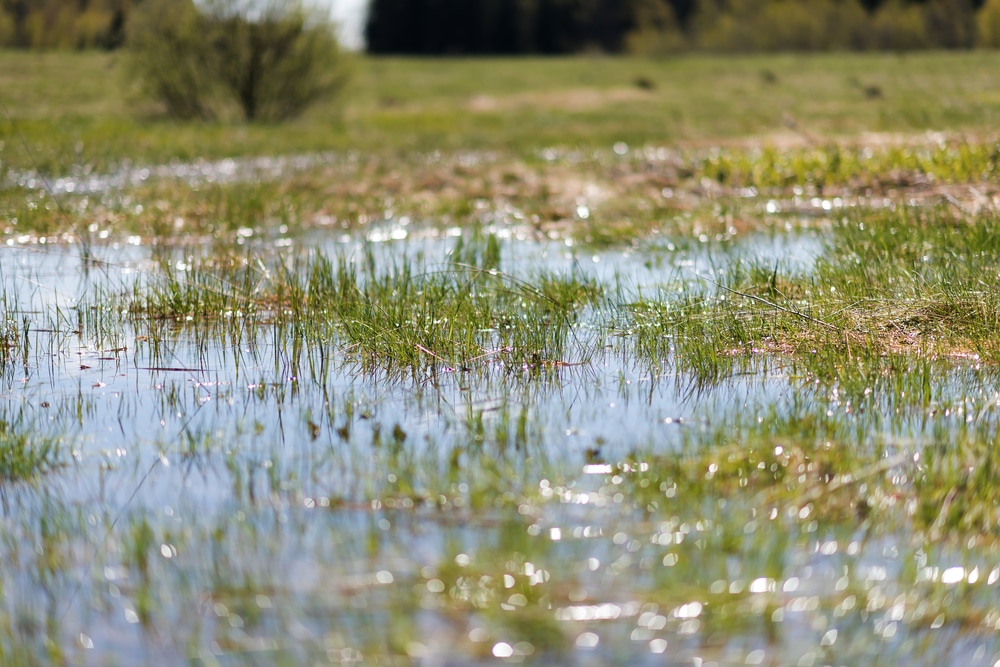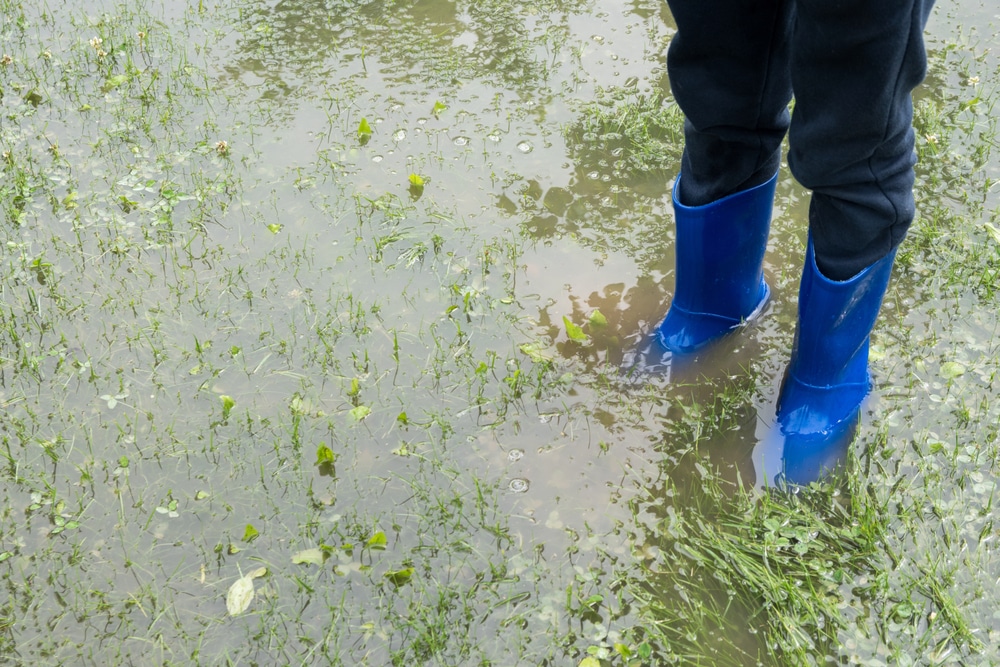People living in regions where summers get hot must be familiar with air conditioners’ role in your well-being. When the temperatures outside make you melt, getting into a cool home can be a life savior. But what if the air conditioner drain line starts flooding your yard? What can you do when the soil gets soggy as a result? You can find answers to these questions (and more) in this essential guide!
Air conditioner drain line flooding yard
If you have experienced drainage problems before, you must know how tricky things can get in this sphere. That’s because these issues tend to lead to a build-up of other challenges that you have to solve. Sometimes, the easiest thing to do is hire a professional to analyze the situation and design the most optimal solution.
However, it might be worth knowing that most of the time, when your air conditioner drains into your lawn, you may have to reroute the AC and improve the soil drainage. One of the easiest ways to solve the first point is to run a drain line. Of course, that is not a simple task, but that doesn’t make it impossible!
With information on hand, you can do so by yourself. But you must be careful and avoid harming your yard. Do you want to learn more about the details of this practice? Then jump to the following section! You will find our tips for rerouting your air conditioner (you can choose your favorite method) and improving your garden soil conditions.
Rerouting your AC
Rerouting your AC has a simple logic behind it. As you may already picture from its name, it involves moving your air-conditioner’s route somewhere that doesn’t bother your lawn anymore.
You can reroute your drainage in many ways. Some of the most common ones include installing an extension pipe above or under the ground. The first solution is easy and usually not time-consuming as it only requires you to attach an extension pipe to your existing drain and allow it to direct its condensation to a different location. For instance, you should consider pointing it to a flower bed or a heavy feeder plant.
The second solution is similar to the first but involves the additional step of hiding the drain pipe by building a drainage line.
Alternatively, you can install a catch basin when the water collects in puddles. If you haven’t heard of this term, don’t worry. Despite sounding scary, it is nothing more than a box with a grate on top that you can bury and connect to underground pipes. A similar method involves the creation of a dry well, which you can install at the lowest point and fill with gravel, rock, or sand to collect water without damaging your lawn.
Or, you can even build a collection barrel to direct the condensation into the bucket. You can then use that water for anything you need.
Improving the Soil Conditions
Besides rerouting your AC, you should also consider improving your lawns conditions. After all, plants will struggle to grow in boggy soils. Additionally, overly wet conditions will increase the spread of fungal infections and diseases. And they might also result in root rotting. So, you’ll want to take suitable measures to revert the situation.
You can start by doing a soil percolation test to help you determine how well your substrate is draining. If the ground is getting muddy, you should take measures to allow it to better soak up the water.
You can do so by guarding your soil: doing so will allow the surface water to exploit the force of gravity and flow away. But remember to have a specialist analyze the situation before making any changes to your yard: you must avoid moving the issue to a new location.
Then, aerate the soil manually and apply organic matter on top to increase the nutrient content. You can also incorporate more plants around your yard to increase water absorption. If you have plenty of trees and shrubs casting shade on the ground, consider pruning them (or at least trimming them). Indeed, the more sunlight gets on the soil, the faster the water will absorb.

